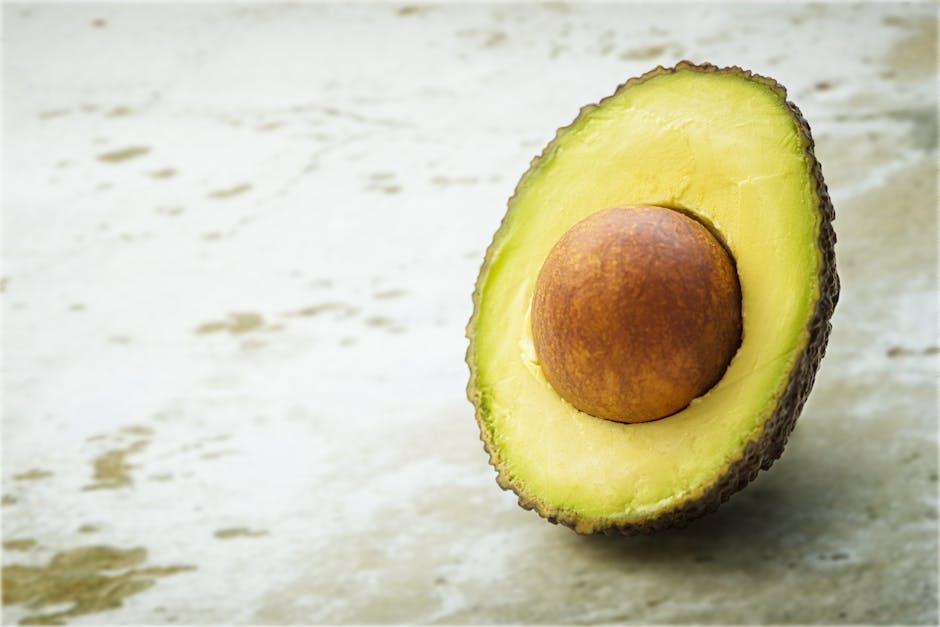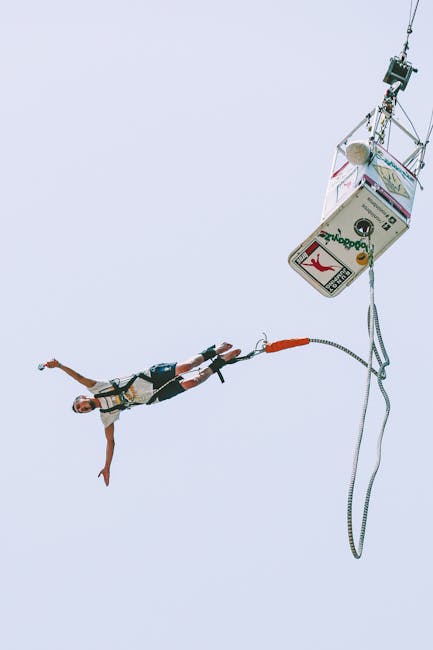Attending a Sumo Wrestling Match: A Cultural Spectacle You Won't Forget

Attending a Sumo Wrestling Match: A Cultural Spectacle You Won't Forget
Okay, let me tell you about one of the coolest cultural experiences I've ever had: attending a sumo wrestling match in Japan. It's so much more than just two big guys pushing each other around; it's a deeply rooted tradition filled with ritual, history, and surprisingly athletic prowess. Before I went, I honestly didn't know much about sumo. I pictured it as… well, just big guys in loincloths. But trust me, it's a whole different ballgame when you're there in person. I'm going to walk you through what it's like, from securing tickets to understanding the rules, and hopefully convince you to add this to your bucket list!
Planning Your Sumo Adventure: Securing Tickets

Getting tickets can be a bit tricky, especially during popular tournaments. Sumo tournaments, called basho, are held six times a year, each lasting 15 days. Three are in Tokyo (January, May, and September), and one each in Osaka (March), Nagoya (July), and Fukuoka (November). The Tokyo tournaments are generally the easiest for tourists to access.
Here's how I managed to snag some tickets:
- Official Sumo Website: The official website (accessible through a search engine as tickets are not always directly available) is the best place to start. You can buy tickets online, but they often sell out quickly, especially for weekend matches or matches featuring popular wrestlers. Tickets usually go on sale about a month before the tournament.
- Ticket Resellers: If the official website is sold out, you can try using ticket resellers. However, be cautious and only use reputable sites. Be prepared to pay a premium.
- Going to the Venue Early: On the day of the match, you can sometimes purchase same-day tickets at the venue. This is a bit of a gamble, as availability is limited, and you'll need to arrive very early in the morning (like, before sunrise early!) and queue.
- Through Your Hotel: Some hotels offer ticket booking services, which can be a convenient option. Inquire with your hotel concierge well in advance of the tournament.
Types of Seats: It's important to understand the different seating options:
- Ring-side Seats (Tawara-seki): These are the most expensive and closest to the action. You're literally sitting on a cushion right next to the ring! The risk? You might get splashed with sweat or even have a wrestler land in your lap! Seriously!
- Box Seats (Masu-seki): These are traditional Japanese-style seating where you sit on cushions in a square box. They usually accommodate four people, but you can buy individual spaces within a box. Perfect for groups or families.
- Chair Seats (Isu-seki): These are regular chair seats, similar to what you'd find in a stadium. They're further away from the ring but are generally more affordable and comfortable, especially for those not used to sitting on the floor for long periods. I opted for these because, well, my knees aren't what they used to be!
Pro Tip: Book your tickets well in advance, especially if you're traveling during peak season. Consider attending on a weekday for potentially lower prices and fewer crowds.
Dressing the Part (Optional!): What to Wear

There's no specific dress code for attending a sumo match. You'll see people dressed in everything from casual jeans and t-shirts to more formal attire, especially if they're entertaining clients in box seats. Comfort is key, especially if you're sitting on the floor in a box seat. I went for smart casual – comfortable pants and a nice top. I did notice some people wearing traditional kimonos, which added to the festive atmosphere, but it's definitely not required!
Arriving at the Ryogoku Kokugikan: Immersion Begins

The main sumo stadium in Tokyo is called the Ryogoku Kokugikan. Just getting there is part of the experience. Ryogoku is a neighborhood steeped in sumo culture, with sumo stables (training houses) dotted around the area. You might even spot a wrestler or two walking down the street! The closest station is Ryogoku Station on the JR Sobu Line and the Toei Oedo Line, making it easily accessible from most parts of Tokyo. As you approach the stadium, the atmosphere intensifies. You'll see vendors selling sumo-related merchandise, food stalls offering delicious snacks, and throngs of excited fans. It's buzzing with energy!
A Day at the Sumo: A Detailed Timeline

A full day at the sumo is a long but incredibly rewarding experience. Matches start early in the morning and continue until the late afternoon. Here's a typical schedule:
- 8:30 AM - Junior Division Matches: The day begins with matches featuring lower-ranked wrestlers. While these matches may not be as high-stakes as the later bouts, they're a great way to see the skills and dedication of up-and-coming wrestlers. It's also a great time to get settled in and soak up the atmosphere before the crowds get too big.
- Around 11:00 AM - Makushita Division Matches: The next level of competition.
- 2:30 PM - Juryo Division Matches: This is the second-highest division, and the matches are generally more exciting and competitive. Many people start arriving around this time.
- 3:45 PM - Makuuchi Division Matches: This is the top division, featuring the most famous and skilled wrestlers. The stadium really starts to fill up, and the excitement is palpable.
- Around 6:00 PM - Closing Ceremony: The day culminates in the closing ceremony, where the winning wrestler is honored.
Pro Tip: You don't have to stay for the entire day. Many people arrive in the afternoon to see the Juryo and Makuuchi division matches. However, if you want to experience the full scope of sumo wrestling, I recommend arriving earlier and watching the lower-division matches as well. Plus, it gives you more time to explore the stadium and enjoy the food and atmosphere.
Understanding the Rituals and Rules

Sumo is steeped in tradition and ritual. Before each match, the wrestlers perform a series of elaborate ceremonies, including:
- Ring-Entering Ceremony (Dohyo-iri): The wrestlers, wearing elaborate kesho-mawashi (ornamental aprons), enter the ring and perform a ritualistic dance. This is a visually stunning display of strength, grace, and tradition. Each division (Juryo and Makuuchi) has its own Dohyo-iri.
- Purification Ritual: Before each match, the wrestlers purify the ring by throwing salt. This is believed to ward off evil spirits and ensure a fair contest. The amount of salt thrown can vary depending on the wrestler's personality and superstition.
- Staredown (Shikiri): The wrestlers repeatedly squat, clap their hands, and glare at each other in a psychological battle of wills. This can go on for several minutes, with each wrestler trying to gain a mental advantage.
The Rules of Sumo: The rules are deceptively simple:
- The first wrestler to step outside the ring (dohyo) or touch the ground with any part of their body other than the soles of their feet loses.
- There are no weight classes or time limits. Matches typically last only a few seconds, but they can be incredibly intense.
Kimarite: There are dozens of official winning techniques (kimarite) in sumo, ranging from straightforward pushes and throws to more complex maneuvers. Learning a few of these will enhance your appreciation of the sport. Some common ones include:
- Oshidashi: A straightforward push out.
- Yorikiri: A frontal force-out with a grip on the opponent's belt.
- Uwatenage: An overarm throw.
Pro Tip: Download a sumo glossary app on your phone before you go. It will help you understand the terminology and appreciate the nuances of the sport.
Fueling Up: Stadium Food and Drink

No trip to a sumo match is complete without indulging in the stadium food. You can find a variety of options, from traditional Japanese snacks to more substantial meals. Some popular choices include:
- Bento Boxes: Pre-packaged meals containing a variety of dishes, such as rice, fish, meat, and vegetables. They're a convenient and tasty way to enjoy a full meal at your seat.
- Yakitori: Grilled chicken skewers, often seasoned with a sweet and savory sauce.
- Edamame: Steamed soybeans, a healthy and addictive snack.
- Beer and Sake: Of course, no sporting event is complete without something to drink. Beer and sake are readily available throughout the stadium.
- Chankonabe: This hearty stew is a staple food for sumo wrestlers, packed with protein and vegetables. You can often find it at the stadium, especially at booths run by sumo stables.
Pro Tip: Bring cash! While some vendors may accept credit cards, it's always a good idea to have cash on hand for smaller purchases. Also, be prepared to queue for food, especially during peak times.
Respectful Viewing: Etiquette at the Sumo

While sumo is a lively and exciting event, it's also important to be respectful of the traditions and customs. Here are a few things to keep in mind:
- Avoid Talking During Matches: While it's okay to cheer and applaud, avoid talking loudly during the matches, as it can be distracting to other spectators.
- No Flash Photography: Flash photography is generally prohibited, as it can startle the wrestlers.
- Be Respectful of the Wrestlers: Show respect for the wrestlers by clapping and cheering them on. Avoid making rude or disrespectful gestures.
- Remove Your Shoes in Box Seats: If you're sitting in a box seat, remember to remove your shoes before entering.
- Clean Up After Yourself: Be sure to dispose of your trash properly and leave your seating area clean.
Beyond the Match: Exploring Ryogoku

After the sumo match, take some time to explore the Ryogoku neighborhood. It's a fascinating area with a rich history and culture. Some points of interest include:
- Edo-Tokyo Museum: This museum showcases the history and culture of Tokyo during the Edo period (1603-1868).
- Sumo Stables: While you can't usually enter a sumo stable without an invitation, you can sometimes catch a glimpse of wrestlers training through the windows.
- Yasukuni Shrine: A controversial but historically significant shrine dedicated to those who died in service of Japan.
- Parks and Gardens: Ryogoku has several beautiful parks and gardens, perfect for a relaxing stroll.
Final Thoughts: A Truly Unforgettable Experience

Attending a sumo wrestling match is an experience unlike any other. It's a chance to witness a deeply ingrained part of Japanese culture, to marvel at the athleticism and dedication of the wrestlers, and to soak up the vibrant atmosphere of the stadium. Even if you're not a huge sports fan, I guarantee you'll be captivated by the spectacle. So, if you're planning a trip to Japan, be sure to add a sumo tournament to your itinerary. You won't regret it!
I hope my experience and tips help you plan your own sumo adventure! It's a journey I'll cherish forever, and I highly recommend it to anyone seeking an authentic and unforgettable cultural experience.
Post a Comment